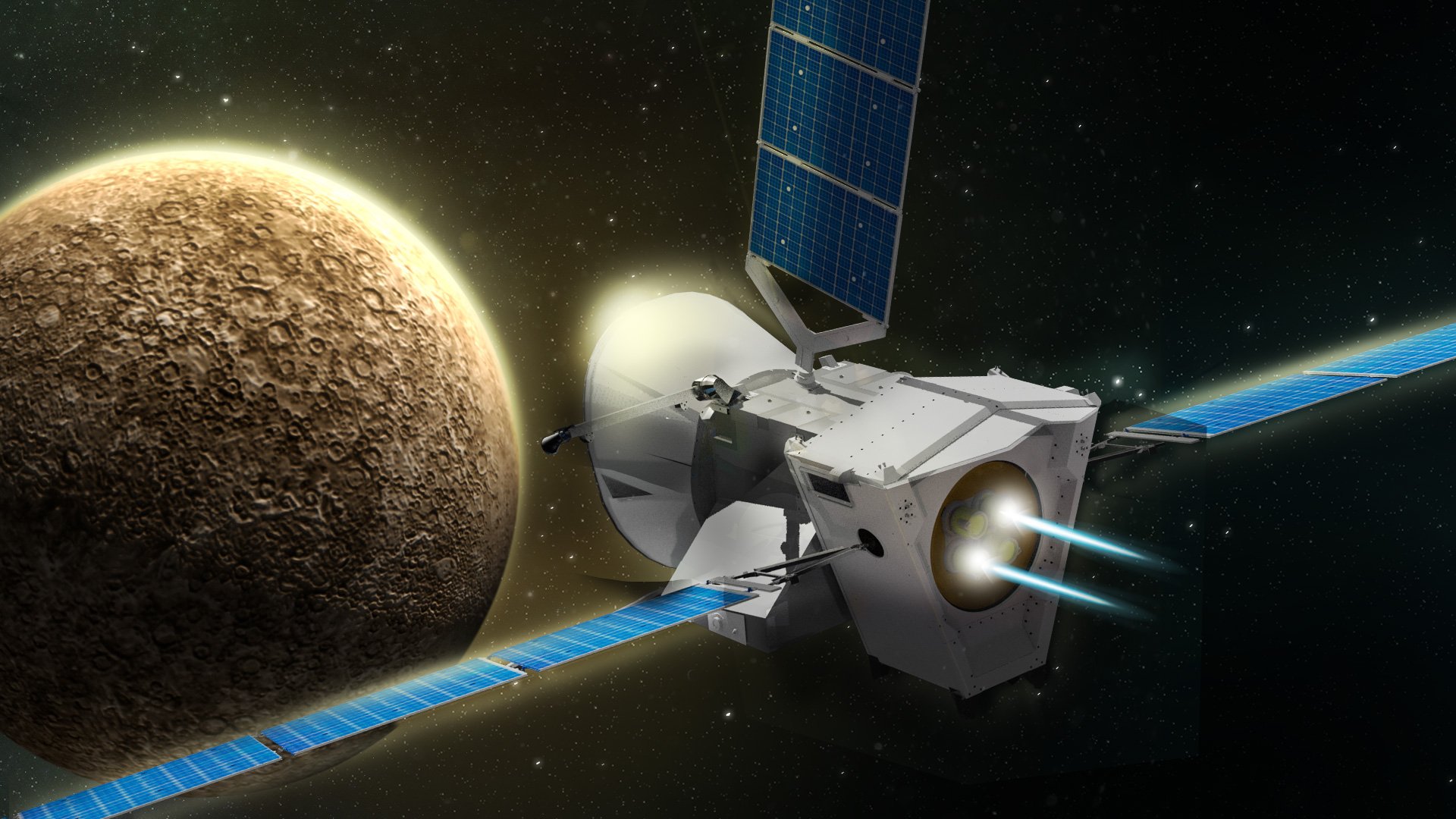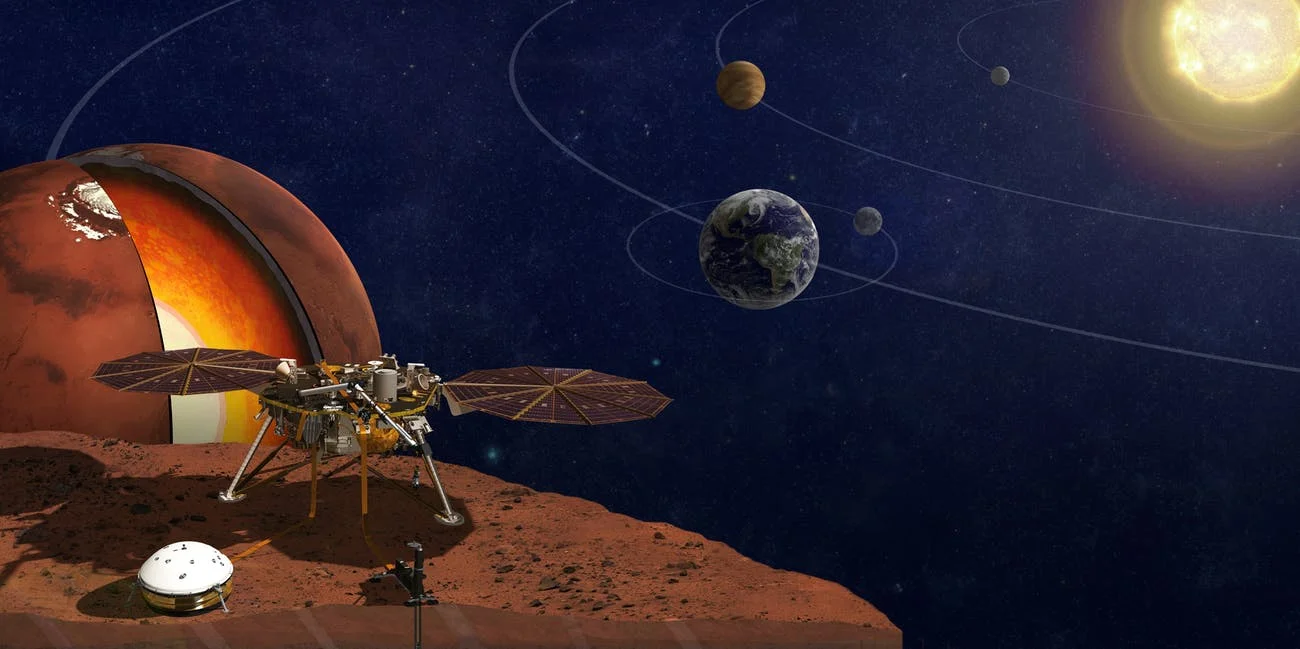Jupiter's Weird New Moon is like a Drunk Driver
Jupiter's new moon has a strange orbit when compared to its neighbors. Image Credits: Carnegie Science/ Roberto Molar Candanosa
The most fascinating part about our universe is that it's constantly full of surprises and discoveries when they're least expected.
While searching for the infamous Planet 9 (or Planet X, whatever floats your boat), scientists recently discovered 12 new moons orbiting Jupiter, but there's one that everyone is paying close attention to: Valetudo (shown in green in the graphic above). What makes Valetudo so interesting is its position and orbit.
To get started, There are two types of orbits: Prograde and Retrograde.
- Prograde means that the object is orbiting in the same direction of its "Primary" (in this case, Jupiter).
- Retrograde means that the object is orbiting in the opposite direction of its Primary.
Valetudo's Strange Orbit
This animation shows the orbits the newly discovered moons as well as Valetudo (green), moving in the opposite direction.
Image Credit: Roberto Molar-Candanosa / Carnegie Institution for Science
Of the 79 known moons orbiting Jupiter, Valetudo is orbiting the opposite direction from its nearby moons, singling it out as what scientists are calling an "oddball."
"'Valetudo' is like driving down the highway on the wrong side of the road," astronomer Scott S. Sheppard, a staff scientist at the Carnegie Institution for Science in Washington and the leader of the team of astronomers who made the discovery, told NBC News MACH.
There's a lot of speculation that Valetudo has actually been running into nearby moons for millions of years. Sheppard added that the tiny rock is the "last remnant of a once much larger moon that has been ground to dust from collisions" with other Jovian moons.
Less than 1km in diameter, some are left wondering if we can call any tiny rock or remnant in orbit a "moon." Right now, there is no minimum size to classify something as a moon - and perhaps "dwarf moons" will become a new classification - but until then, moons are determined by whether or not astronomers can determine and track the orbit. (Unlike Saturn's rings, which consist of tiny particles and are too small to be individually tracked.)











